I have been using GetValue with GetValueKind and have just come across an issue when Reading DWORD that is larger than the signed 32-bit integer. I am able to Write to to the registry without restriction, getting to the max of 4294967295 (ffffffff in hex).
If there was a way to do this with int64 then I wouldnt be restricted..
I could make this work if I could read the hexadecimal value, which i could just convert to decimal via int64, though again, I dont know how i would read the hex value from the registry..
Is there another route I should take to allow me to Read the correct value when it exceeds the signed 32-bit integer value of 2,147,483,647?
thanks

